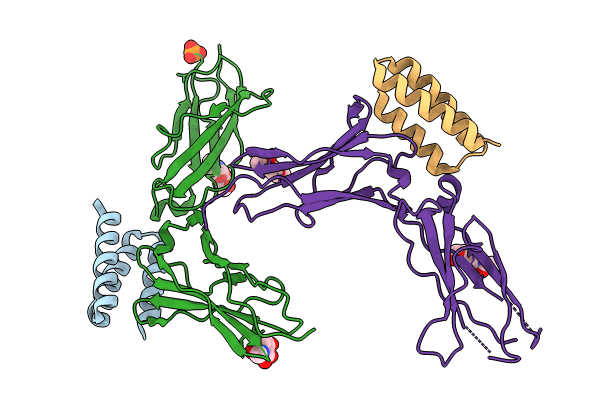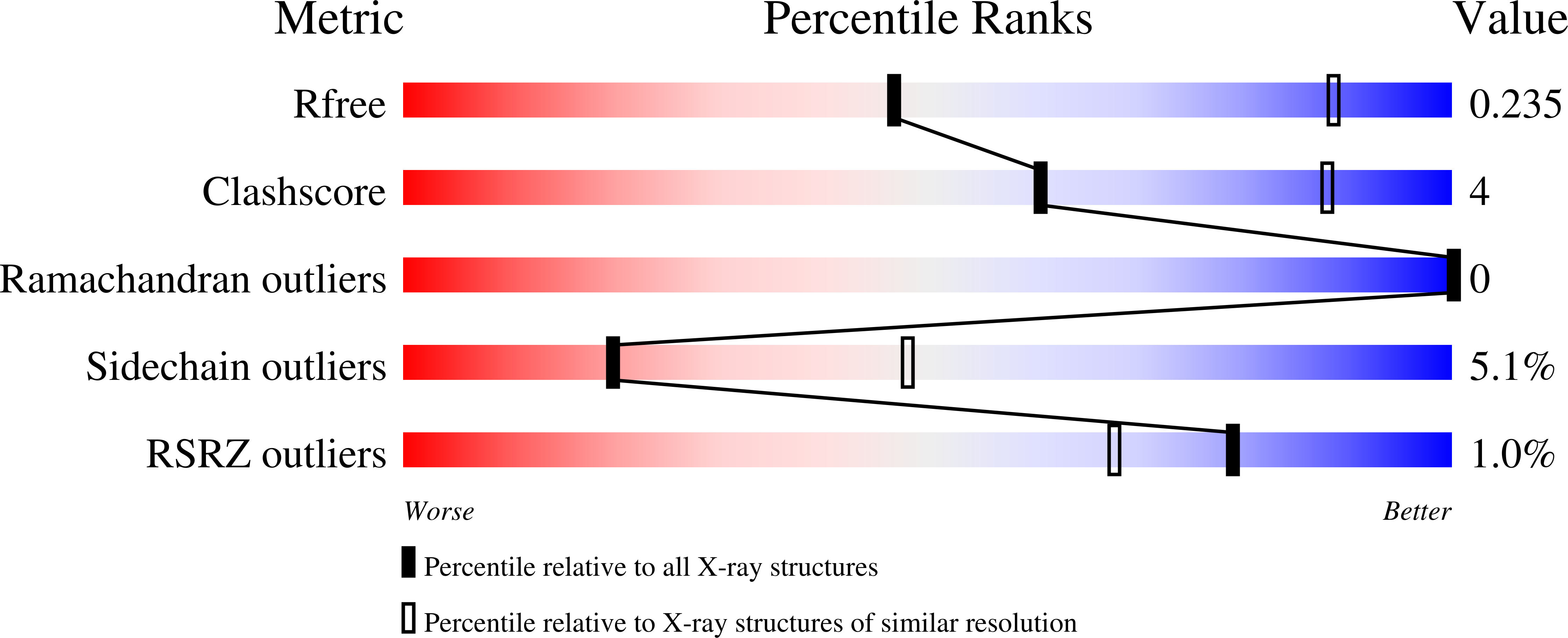
Deposition Date
2023-10-22
Release Date
2024-08-28
Last Version Date
2024-10-30
Entry Detail
PDB ID:
8UPA
Keywords:
Title:
Structure of gp130 in complex with a de novo designed IL-6 mimetic
Biological Source:
Source Organism:
Homo sapiens (Taxon ID: 9606)
synthetic construct (Taxon ID: 32630)
synthetic construct (Taxon ID: 32630)
Host Organism:
Method Details:
Experimental Method:
Resolution:
3.30 Å
R-Value Free:
0.23
R-Value Work:
0.19
R-Value Observed:
0.19
Space Group:
I 21 3


